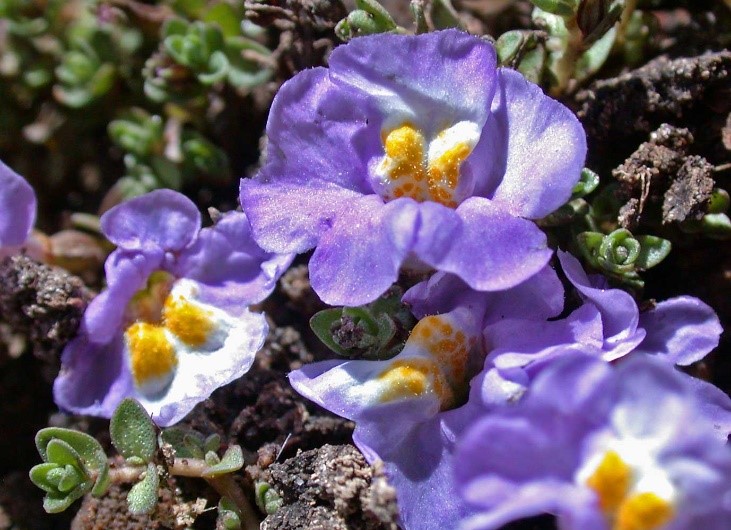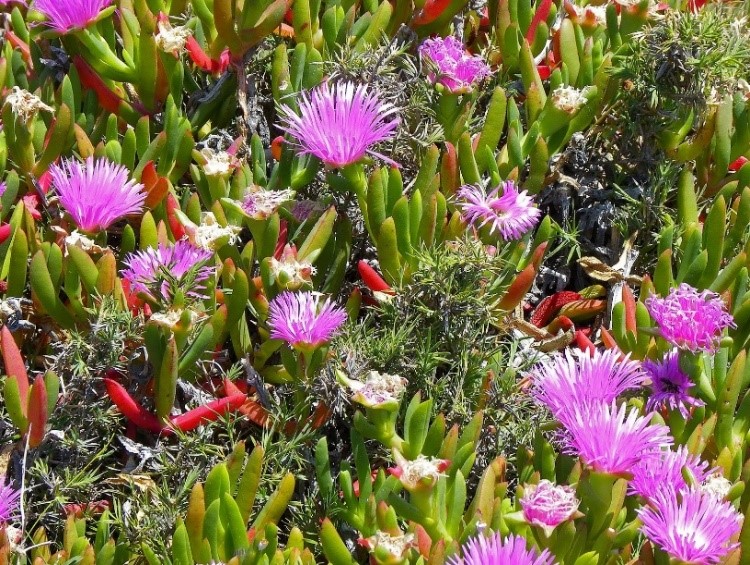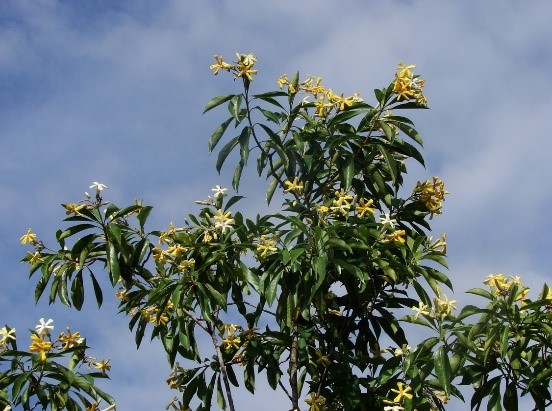
Bushfires have devastated towns and regions around Australia. Bushfires don't discriminate: they burn large forests, small farms, and backyard gardens alike.
Many people are now returning to their homes and starting to rebuild their lives. Creating a garden can be an important part of the process of recovery and reconnecting. So, how should you go about replanting?
We asked some of our scientists, including Linda Broadhurst (Director, Australian National Herbarium), David Bush (Director, Australian Tree Seed Centre), Tanya Doody (ecohydrologist and Principal Research Scientist), Suzanne Prober (ecologist and Senior Principal Research Scientist) and Andrew Sullivan (leader of the CSIRO Bushfire Behaviour and Risks team).
1. Replant when it’s cooler
Don’t rush out to replant. Replant when it's cooler and after there has been some rain. Checking if there is likely to be ongoing rain can be helpful. If it’s going to be drier than normal, maybe wait a little longer.
In southern Australia, plants are likely to establish better in spring. If you plant now, during summer, you’re going to put the seedlings under more stress due to high summer temperatures. Planting in late winter or spring will give your plants a better chance of surviving, as there will be water in the soil and (hopefully) spring rain on the way.
If you have a large block, you can take this ‘wait and see’ approach a step further. We recommend allowing the native bush to recover and regenerate itself. Many of our Aussie plants are adapted to survive in a bushfire. Native bush should recover on its own. There are some exceptions: for example, where a fire sensitive plant community (like a wetland) has been burnt in an unprecedented way or if the fire was extremely hot.
You can encourage the natural regeneration of plants by removing livestock and controlling weeds, which may be more likely to grow after the fire. This will help the ecosystem, with resilient local native species, to recover on its own.

2. Design a garden that’s fire-smart
While you’re waiting for the cooler months, use that time to plan a ‘fire-smart’ garden. It’s not just about what species you plant: consider the design, or landscaping, of your garden. This can help reduce the impact of direct flames, radiant heat and embers on your house, and reduce its vulnerability. For instance, some people recommend a row of dense tall shrubs to act as wind breaks and ‘ember catchers’ around the perimeter of the house. There are some great books available, including Joan Webster OAM’s work on 'fire-smart' gardens,[Link will open in a new window] and Australian Garden Rescue: Restoring a Damaged Garden[Link will open in a new window] by Mary Horsfall.
The Victorian Government’s Country Fire Authority (CFA) has also set out four principles for garden design[Link will open in a new window] in fire-prone areas:
- Plant to create defendable space
- Remove flammable objects from around the house
- Break up fuel continuity (keep plants separate and avoid flammable mulches)
- Carefully select, position, and maintain trees.
See examples of garden designs for suburban, rural, hill and coastal properties.
3. Choose more fire resistant or retardant plants
During a bushfire, the type and amount of plants around your house can play a large part in whether your house survives. You can control the amount of fuel near your home by carefully designing your garden and choosing the right plant species. Reducing the litter layer under trees is also important to reduce fuel load. Some of our research has found that unkempt gardens that were full of debris (fallen litter, twigs, branches) are more likely to lead to a damaged or destroyed house.
The Tasmanian Government publication Fire retardant garden plants for the urban fringe and rural areas (PDF, 599KB) states: "Fire retardant plants can absorb more of the heat of the approaching bushfire without burning than more flammable plants. They can trap burning embers and sparks and reduce wind speeds near your house if correctly positioned and maintained. Fire resistant ground covers can be used to slow the travel of a fire through the litter layer. Fire resistant shrubs can be used to separate the litter layer from the trees above.”
Replanting with native plants
So, if you’re going to replant with native plants, which species are best for you? It really depends where you live. Talk to your local native plant nursery about the best species for you. The CFA’s Plant Selection Key helps you choose plants for a high bushfire area. And groups like the Australian Plants Society, have created lists of fire resistant or retardant plants, including some beautiful trees, shrubs and ground cover, like:
- Native frangipani tree (Hymenosporum flavum)
- Native passionfruit (Passiflora herbertiana)
- Saltbush species, including Atriplex and Maireana species
- Dune Fan-flower (Scaevola calendulacea)
- Pigface (Carpobrotus species) and other native succulents

Non-native species can also have low flammability and create attractive gardens. If you choose non-native, fire-resistant species for your garden, we advise you to take care that they’re not species likely to become invasive in nearby bushland. For example, planting non-native invasive species in close proximity to water bodies can create havoc with our waterways. Be aware that even plants considered to be ‘fire resistant’ will burn if they become dry enough.
4. Avoid flammable plants
Some plants are highly flammable. Many of our Australian plants, like eucalypts, have highly combustible leaf litter, and peeling or ribboned bark. This, combined with volatile oil in their leaves, makes them a hazard to have close to your home during a fire.
The Australian Plants Society suggests avoiding species like these near your house:
- Eucalypt and corymbia species
- Tea tree and melaleuca species, like Crimson Bottle Brush (Callistemon citrinus)
- Lilly pilly trees
- Many wattle species, like Silver wattle, Blackwood and Prickle Moses
- Some exotic species, like Camphor laurel, bamboo, poinciana, English oak, gorse, lemons.
5. Seek advice from trusted sources, like local native plant nurseries
The suggestions of plant species above are not complete lists. It’s best to contact your local native plant nurseries when deciding on what species to replant. The staff will know what the best species are, and they can also let you know about a plant’s ability to regenerate after fire.
Some things to remember when replanting your garden
- Be careful when returning home: Before you return to your house, there are some practical things you need to consider to keep you and your family safe. See the advice for your state: Victoria, New South Wales, Queensland, South Australia, Western Australia, Tasmania, Northern Territory, or visit the Australian Red Cross.
- Contamination: Test your soil, especially if you’re growing an edible garden. The ash that has fallen in your garden may have been contaminated from asbestos or the chemicals from treated pine.
- Pests and diseases: When you’re choosing plants and buying seedlings, be careful not to introduce pests or diseases by only buying from accredited nurseries.
- Wind and rain erosion: Here are some tips to prevent the erosion of soil from wind and rain, after a fire, but before you start planting.
- Regulations: Your local and state government may be prescriptive about what you can plant, and where.
- Garden design: Where you plant is just as important as what you plant. For instance, the Tasmania Fire Service recommends that around every house in bushfire prone areas there should be a zone where vegetation and other fuels are minimal.
- Consider longer time frames: Climate change means that droughts and bushfires are likely to be more severe and frequent in many parts of southern Australia. Aim to include species that are likely to cope with projected climates and fire in your area.
If you’ve been hit hard by the recent bushfires, remember that recovery may take some time. Nevertheless, we can take heart from the extraordinary resilience of many Australian plant species even to the hottest of fires.
